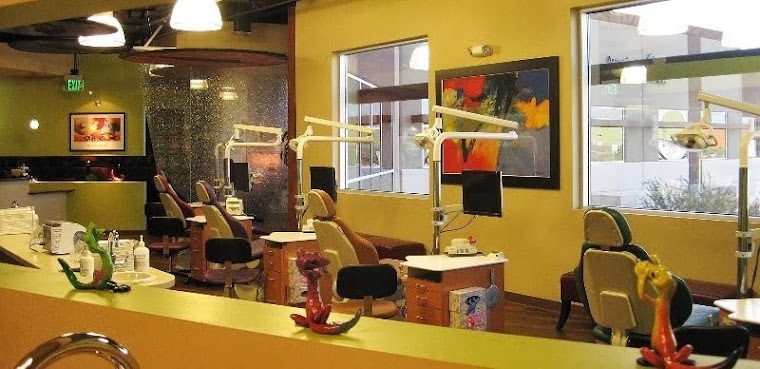Frank Lloyd Wright has been my inspiration for many years. Having visited nearly 200 of his buildings (even renting a few) along with extensive reading & conversations w/ homeowners, I consider myself somewhat of a Wright expert. His Usonian homes w/ their simple, clean lines, expressed floor grid, overall orderliness, and of course, connection to nature excite me the most.
Wright taught that an architect should develop his/her own individual nature from within. We should learn & grow from looking INTO, not AT. So, as an architect w/ an inquisitive mind and "countenance of principle", I intend to blaze my own trail of a new Organic architecture for the 21st century. With this said, there are some "shortcomings" I've personally experienced (at 6'-2" tall) and been informed of by homeowners that we can address & update for the future. Let's briefly review these and strategize more acceptable alternatives to quell some criticism of Wright's work:
1.) Leaks (Walls/Roofs) - Wright's Usonian homes gave the blessings of architecture at extremely low cost ($5K at one point). We can now properly flash, seal & provide better water-resistive barriers w/ new products complying w/ code.
2.) Sagging Cantilevers (Roofs) - Materials/Technologies weren't ready for Wright's inventiveness like they are now. Stronger, lighter engineered woods & proper use of steel will mitigate this issue. Again, for Wright, cost imposed many material limitations.
3.) Heating/Cooling - When Wright's underfloor radiant heating worked, it was wonderful, but an expensive headache when it didn't. Many Usonians didn't have A/C when originally built (save cost & rely on shading, natural breezes). Homes today typically need both, & the design should accommodate (see #9 Insulation). However, passive solar design should still be used to reduce utility cost & lower carbon footprint.
4.) Low Ceilings - Wright definitely owns the idea of horizontality & human scale. But, we know we've gotten bigger (and taller?). Current code now sets minimum ceiling height anyway (which are still comfortable for me at 6'-2" tall). Any ceiling above 8' (drywall/plywood standard size) except in large rooms is a waste of material/$. Breadth of space can do more than height.
5.) Dark Rooms - I thought the bedrooms in the Tracy Residence (Washington State) were dark due to small clerestory windows (lots of shade outside) & dark wood wall paneling. The wood paneling in the Usonians tended to be darker than walls that can be painted, say, a light color. Lighter colors reflect light & make space feel bigger/more open.
6.) Small Bedrooms/Kitchens/Doorways/Hallways - Wright was saving cost & maintaining human scale. However, today human scale needs adjusting. Also, we now live more in our Kitchens & Bedrooms than maybe we did in the 50's. Sizes need to increase, but not any bigger than necessary to function.
7.) Monotony (Too Much Wood, No Variety in Color) - Wright's Usonian houses were thoroughbreds reduced to a minimum of materials for cost, but also for design continuity & a sense of repose. My wife's comment on the Palmer House http://www.vrbo.com/246204 (which we loved) was that there was a lot of same-colored wood walls/ceilings throughout. I can appreciate the observation, but also the sense of continuity. Nice thing about paint is variety & the ability to change.
8.) Architect Control, Inflexibility, Built-Ins - Wright undoubtedly controlled the built environment through design. When you hired him, you knew what you were getting. To that end, he tried to minimize "poor taste" by building in tables, seats, shelves, etc. Though this provides continuity again, it's inflexible for today's ever-changing needs. I believe in designing or purchasing things that look a part of the whole, but be movable and transportable when moving to a new city, thus allowing more freedom.
9.) Poor Insulation, Single-Pane Glass - Again, saving cost, Wright had to minimize material quantity. He didn't use studs for walls, thus decreasing insulation space. Roofs were minimally insulated as well, and double-pane glass not available yet. Today, especially w/ new "green" building techniques, double-pane Low-E insulated glass is becoming typical, along w/ foam insulation & exterior polystyrene board. Much better R-values (insulation values) are attainable.
10.) Enclosed Kitchens - Wright invented the open plan common today. Ironically, his Kitchens (he named "Workspaces") were still closed off from the Living area. We've already done a good job of opening up the Kitchen these days to become an attractive, integral, and even desired part of the Living space. The barstool island (becoming way overdone) is the only separation now. I think Mr. Wright would approve of this development, but who knows.



No comments:
Post a Comment